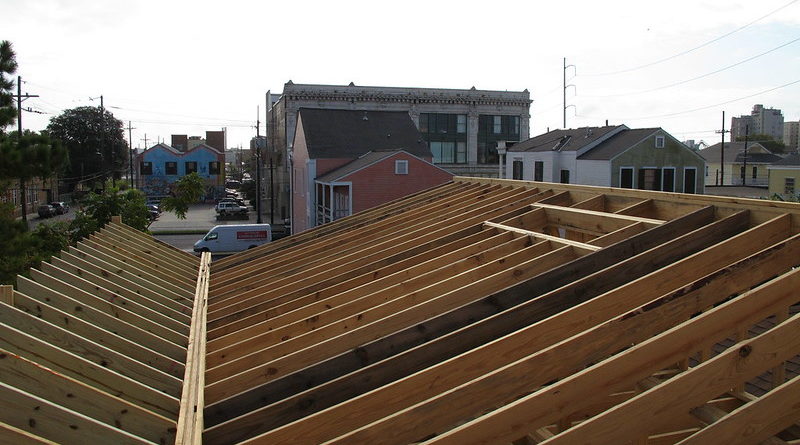
If you are building or constructing a roof, the first step is laying a solid foundation for the roof’s integrity and longevity.
Here are some things that go on a roof first…
- Roof Decking or Sheathing – The initial layer is the roof decking, also known as sheathing. This is typically made of plywood or oriented strand board (OSB) and provides a flat, sturdy base onto which all other roofing materials are installed.
- Waterproofing Underlayment – After the decking, a waterproofing underlayment is applied. This is a crucial step for preventing water intrusion. The underlayment can be felt paper or a more advanced synthetic material.
- Drip Edge – This is installed along the edges of the roof. A drip edge is a metal strip that directs water away from the fascia and into the gutter, helping to prevent water damage.
- Starter Shingles –Before the main shingles are laid, starter shingles are installed at the roof’s edges. These shingles are specifically designed to provide a proper seal along the eaves and rakes, offering added protection against wind uplift and water infiltration.
- Primary Roofing Material – Following the starter shingles, the primary roofing material (e.g., shingles, tiles, metal panels) is installed. This layer is the main barrier against the elements and is what is most visible.
- Flashing – Flashing is installed around roof features like vents, chimneys, and valleys. It’s a thin metal material that directs water away from these critical areas, preventing leaks.
- Ridge Vent and Cap – If the roof design includes a ridge vent for attic ventilation, it is installed at the peak of the roof. Then, ridge cap shingles are applied over the ridge vent.
Each step in the roofing process is critical for ensuring the overall performance and longevity of the roof. The materials and specific methods can be different depending on the type of roof, the climate, and local building codes.
Follow best practices and manufacturer recommendations during installation.
Related Posts
How many squares can a roofer do in a day?
On
April 4, 2023
What is flashing in roofing?
On
May 2, 2022
What are the 4 main types of residential roofing?
On
February 19, 2023
Is roof covered by home insurance?
On
June 7, 2022

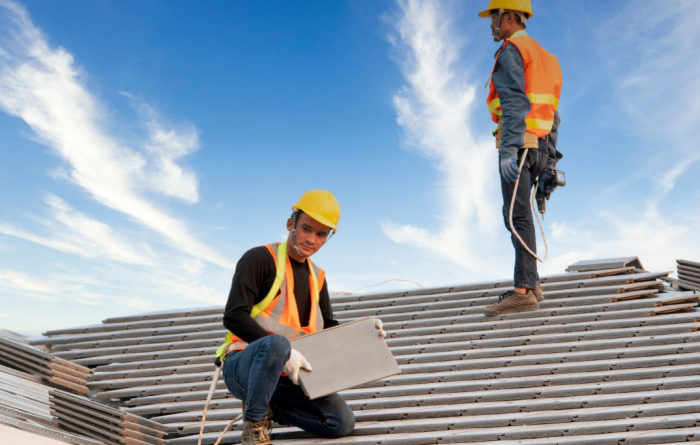
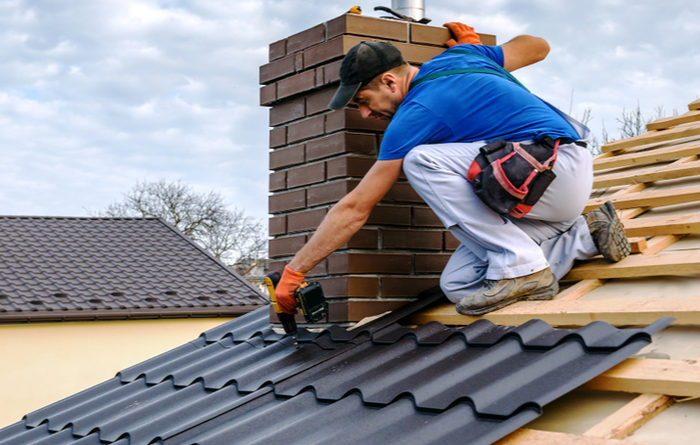
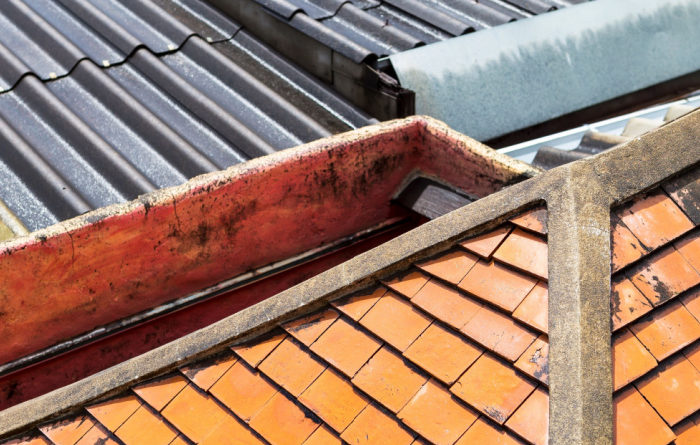
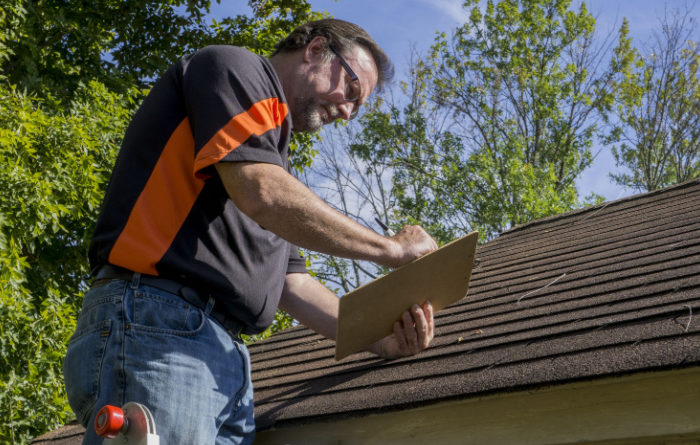
Leave a Comment